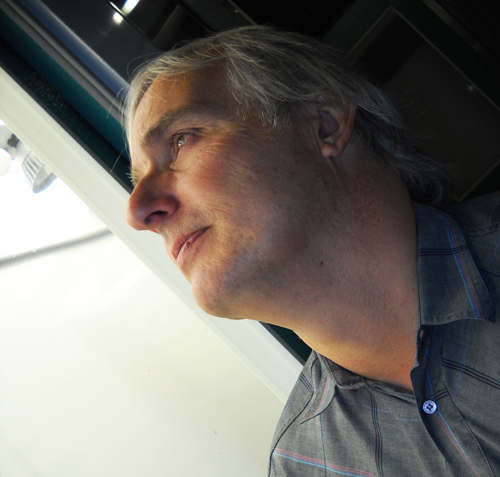
Slowly but surely, the researchers and their plants are coming back. Now plant agriculture technician Ron Dutton hopes to lure more faculty members to newly renovated growth chambers in the Bovey Building.
New lighting and gizmos designed and installed this year by this inveterate tinkerer have meant new life for a research facility that passed its best-before date about 10 years ago.
Having upgraded 11 of those plant growth chambers for much less than the cost of brand-new facilities, Dutton now plans to refurbish another 20 units to give scientists “like-new” options for growing experimental plants for a range of projects.
“Very few people have been using them until now,” says Dutton, eyeing the rows of cabinets occupying a room on the Bovey ground floor.
Growth chambers allow scientists to grow plants under precisely controlled temperature, light and humidity. Other chambers nearby also control pressure for experiments with plants in space-related research by faculty members in plant agriculture and the School of Environmental Sciences.
“A growth chamber is basically a fridge with lots of lights in it,” says Dutton.
His cabinets have been running on average for about four decades, about 10 years longer than planned. Many had become unreliable, and there’d been talk of discarding the units altogether.
Dutton, who also manages the nearby greenhouses, figured he could do better.
It took him about a year to design what he wanted. Then he enlisted help from campus machine shops and a few students. He persuaded the Department of Physical Resources to provide funding by promising greater energy savings from his efforts. Funding has also come from the Department of Plant Agriculture and the University.
He has renovated one-third of the units for about $9,000 each, or a total of about $100,000. Compare that to the $25,000 price tag of a new standard model. Now he hopes to upgrade the remainder.
Besides saving upfront costs, he also expects to save energy and money. “We’re saving about $2,000 in electrical bills per chamber per year, allowing costs to be recovered in about 4 ½ years.” How? More energy-efficient lights and fans have reduced cooling needs, so he’s removed the conventional compressors.
Dutton replaced the original bulbs with fluorescent fixtures and LED lights. He refashioned the bulb housings, and designed and installed aluminum reflectors to bounce light back into the chamber, increasing brightness without generating additional heat. Homemade sensor assemblies adjust light amounts and quality, including automatically simulating the darkness-daylight cycle.
Dutton, a U of G horticulture grad, is now consulting with a plant agriculture technician looking to upgrade other growth chambers in the Crop Science Building.